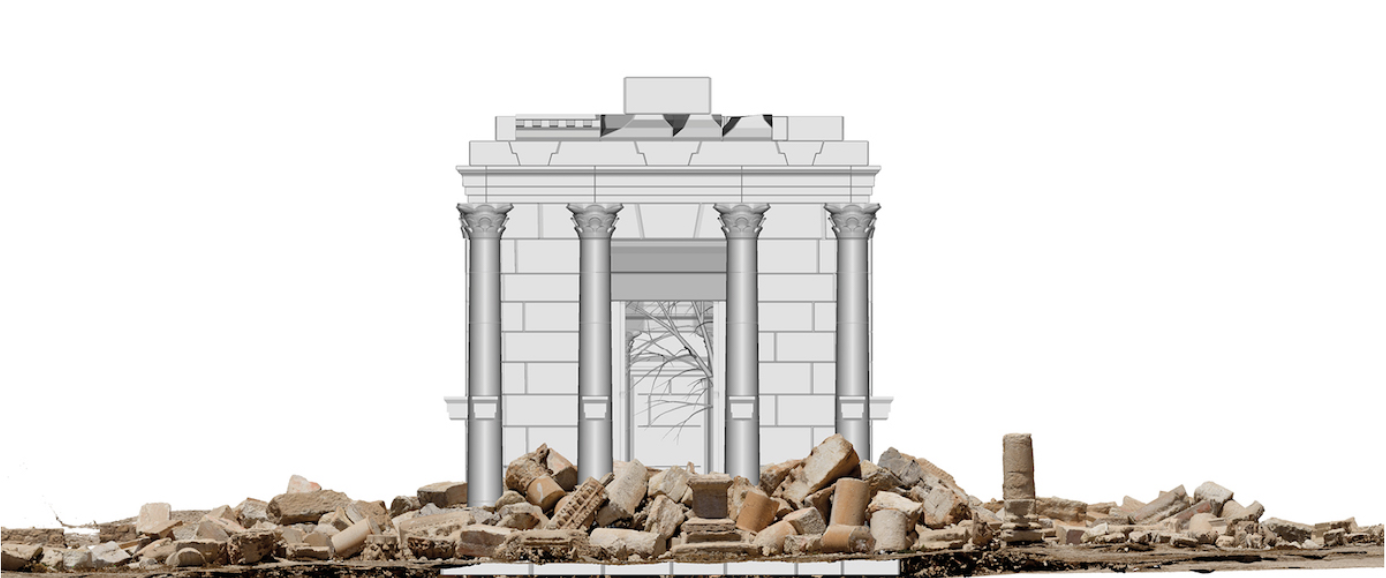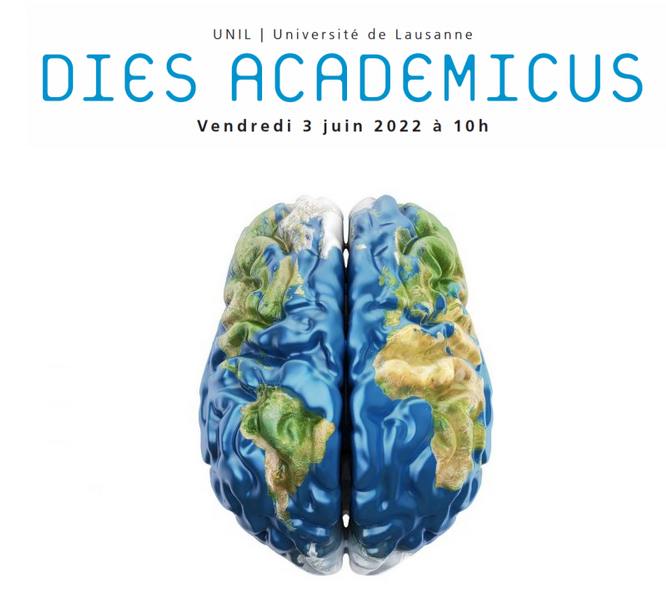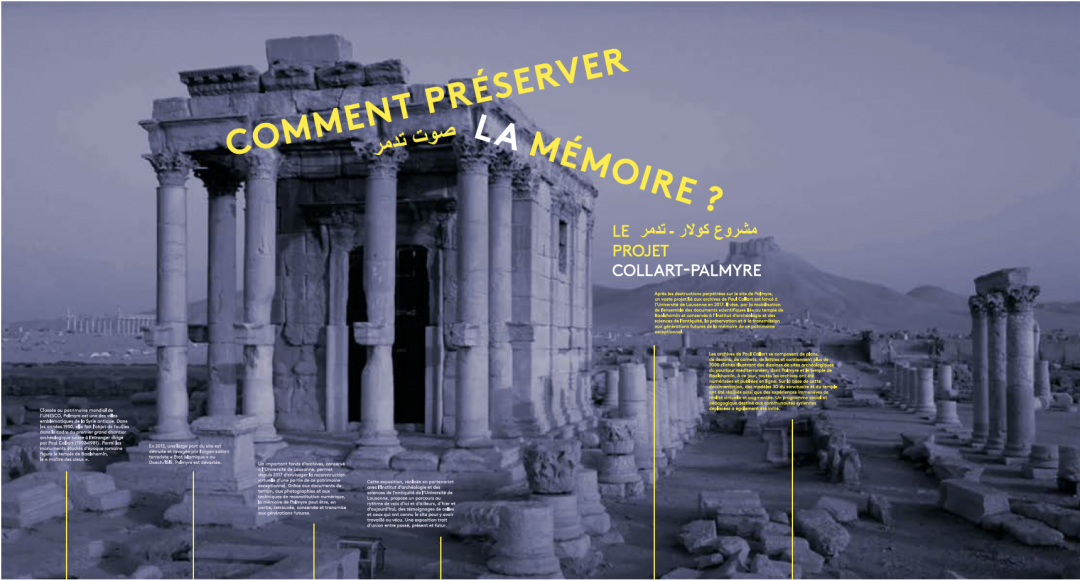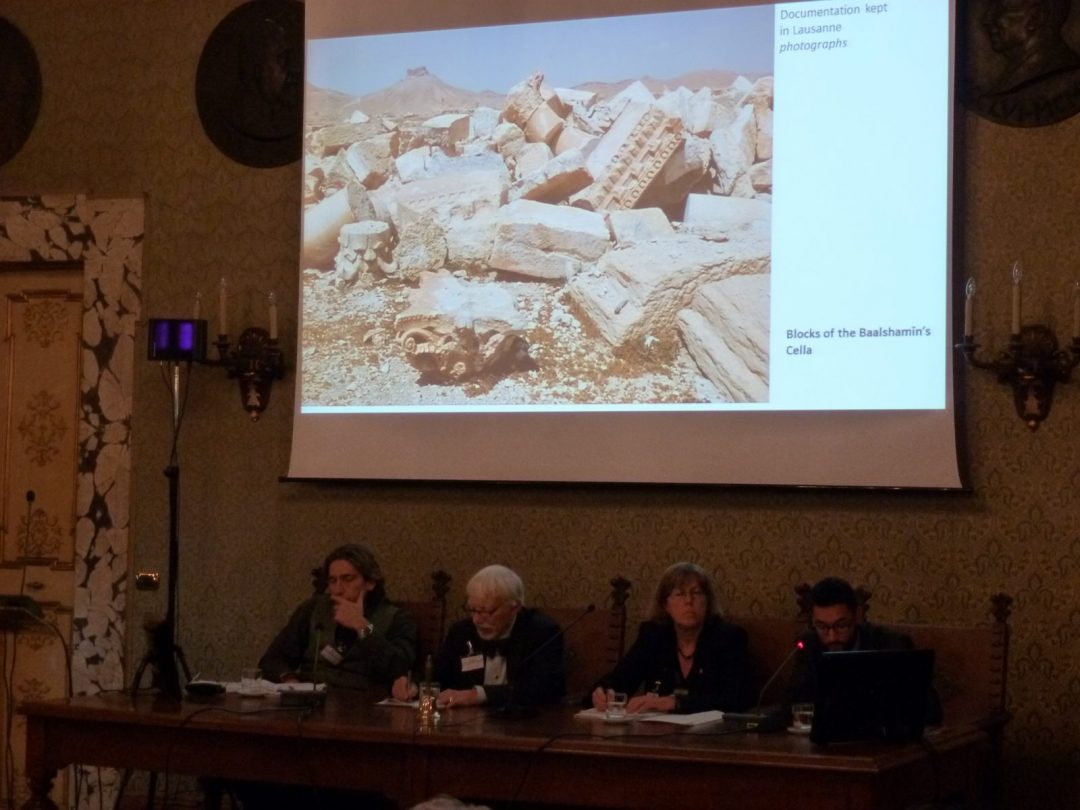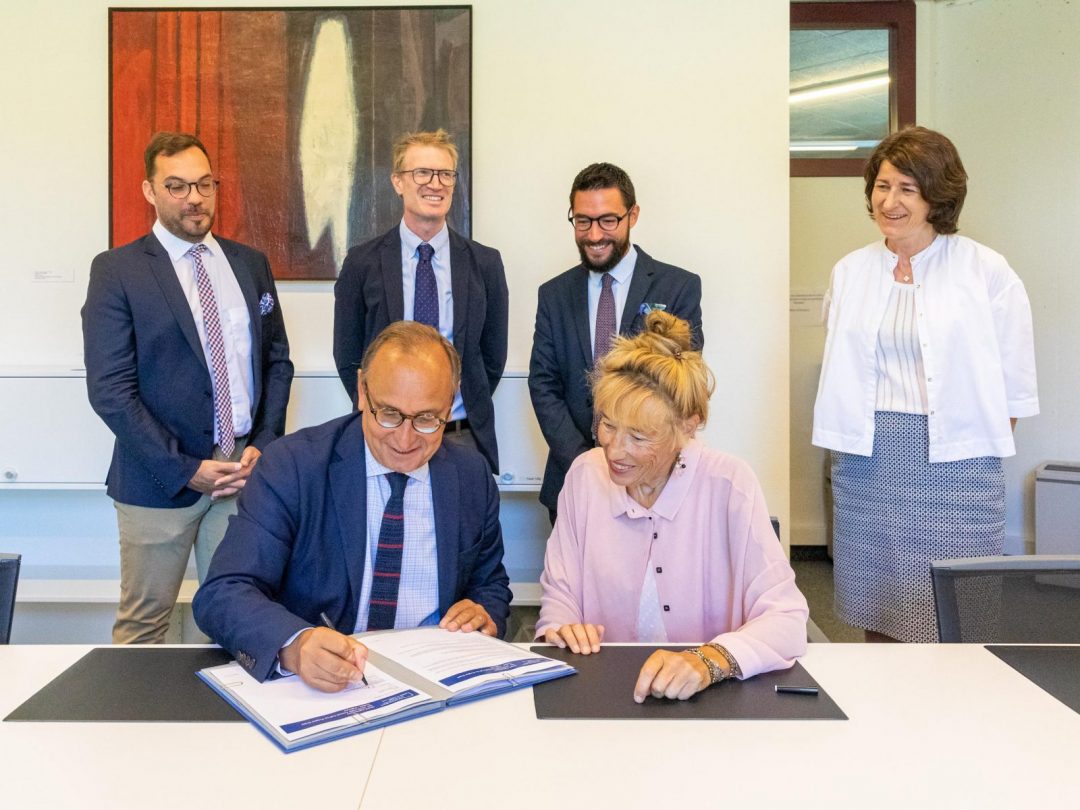Par soucis de transparence et pour répondre aux exigences de la Charte de Londres et des Principes de Séville, le projet Collart-Palmyre, grâce à Marc Grellert (Dr.-Ing. Marc Grellert, Université Darmstadt), a rejoint la base de données, Scientific Documentations for Decisions – The Reconstitution Argumentation Method développée en 2017.
Cette plateforme permet de documenter le processus de prise de décision dans les reconstructions virtuelles et cela de manière efficace et transparente. Chaque projet de la plateforme renseigne sur le processus de reconstruction, les résultats, les hypothèses et solutions mises en place au travers d’un ensemble d’images argumentées illustrant les sources adjointes au projet spécifique. Le site est également un outil d’échange entre universitaire et acteurs de la construction des modèles 3D. Ainsi, grâce à celle-ci, nous pouvons suivre les différentes étapes de modélisation 3D du temple de Baalshamîn, et cela, dans plusieurs domaines (structure byzantine, cella, sanctuaire…) et au travers de diverses catégories architecturales (rue, mur, chaussée…).
Ainsi, depuis avril dernier, la page du projet Collart-Palmyre est disponible au grand public et offre donc la possibilité de découvrir le développement par étapes des modèle 3D du temple palmyrien.
Scientific transparency: a database documents the various steps of the 3D modeling of the Baalshamîn sanctuary in Palmyra.
For the sake of transparency and to meet the requirements of the London Charter and the Seville Principles, the Collart-Palmyra project, thanks to Marc Grellert (Dr.-Ing. Marc Grellert, Darmstadt University), has joined the database: Scientific Documentations for Decisions – The Reconstitution Argumentation Method developed in 2017.
This platform enables the decision-making process in virtual reconstructions to be documented efficiently and transparently. Each project on the platform provides information on the reconstruction process, results, hypotheses and solutions implemented through a set of argued images illustrating the sources attached to the specific project. The site is also a tool for exchanges between academics and those involved in the construction of 3D models. In this way, we can follow the different stages of 3D modeling of the Baalshamîn temple, in several area (Byzantine structure, cella, sanctuary…) and through various architectural categories (street, wall, pavement…).
Since last April, the Collart-Palmyra project page has been available to the general public, enabling visitors to discover the step-by-step development of 3D models of the Palmyrian temple.
